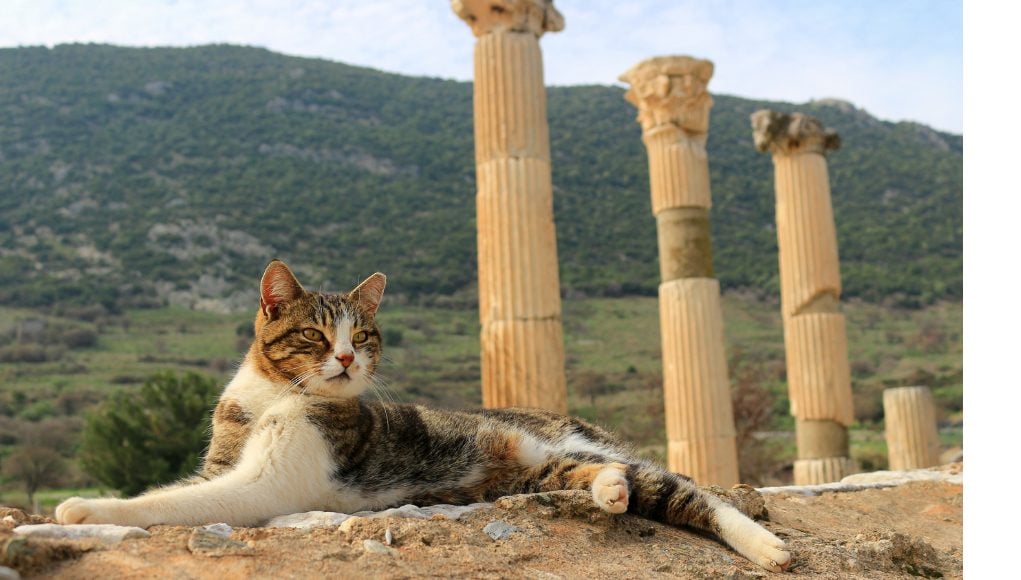Table of Contents
What if I told you that 70 years ago, only a few cats spent their lives indoors more than outdoors? Back then, it took a while for the evolution of cats to happen.
Don't believe me? Here's what you need to know.
Cats have been living outside for more than 10,000 years. They coexisted more with wild animals than us humans.
Humans' relationship with cats has a long history. But why was it a mystery for a very long time?
It's because humans understood little about how and when cats got tamed.
But many new studies suggest that cats have been helping humans in every way that they can. Do you wonder how?

In this article, we will learn about the cats' position in history and human development.
With these in mind, we will also discuss how some of them started living indoors and why some still enjoy living outdoors.
Let us take you back to where cats started.
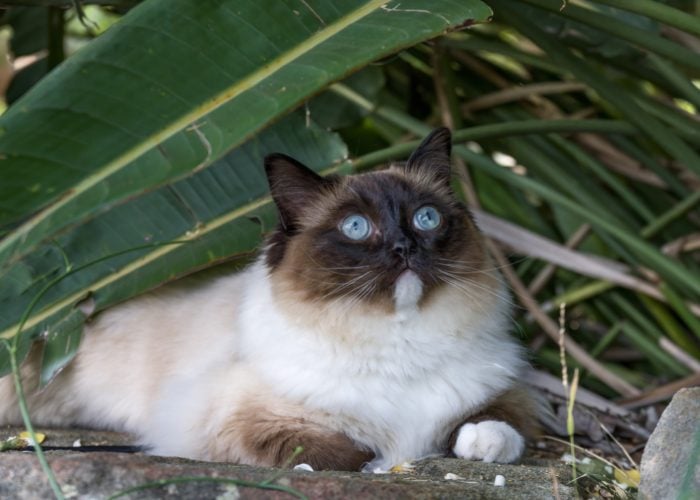
Evolution of Cats: A Brief History of House Cats
Experts believe that cats have lived and mingled with humans for years already.
The truth is, cats began their relationship with humans 10,000 to 12,000 years ago in the Fertile Crescent. Fertile Crescent is a region in the Middle East where one of the earliest civilizations existed.
When humans abandoned their nomadic lifestyles, they started farming on the land permanently. Consequently, the grains they kept in their barns attracted the rats.
Middle Eastern wildcats, also known as Felix silvestris lybica, took advantage of this problem and hunted the rats as their new food supply.
Eventually, some of the cats settled in these early civilizations. Some continued preying on rats while some scavenged human food waste.
As a result, a new cat species evolved called Felis catus. Today, pet, stray, and feral cats belong to this species that we call the domestic cat.
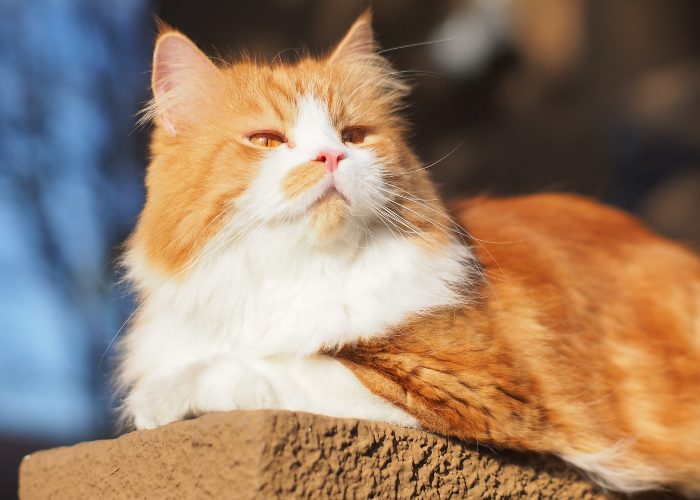
Evolution of Cats: Ancient House Cat Mystery
It took scientists a long time to answer when and where we tamed cats for the first time.
Not until they discovered a cat's jawbone in Cyprus from 8,000 years ago.
Cyprus is known to be an unrefined island before. Thus, after discovering the said jawbone, they thought it unlikely for humans to bring wild cats to the island.
This finding led to a suggestion that domestication occurred more than 8,000 years ago.
In addition, during an unearthing in an even older site in Cyprus in 2004, they discovered a cat buried deliberately with a human. This revelation proved the scientists' theory about cats' domestication, pushing it back for over 1,500 years.
Lastly, a study published in a research journal Science used genetic analyses as a piece of evidence. According to the authors, all domestic cats descended from a Middle Eastern wildcat, Felis sylvestris, which means “cat of the woods.”
The authors also speculate that the domestication process began 12,000 years ago and started in the Near East.
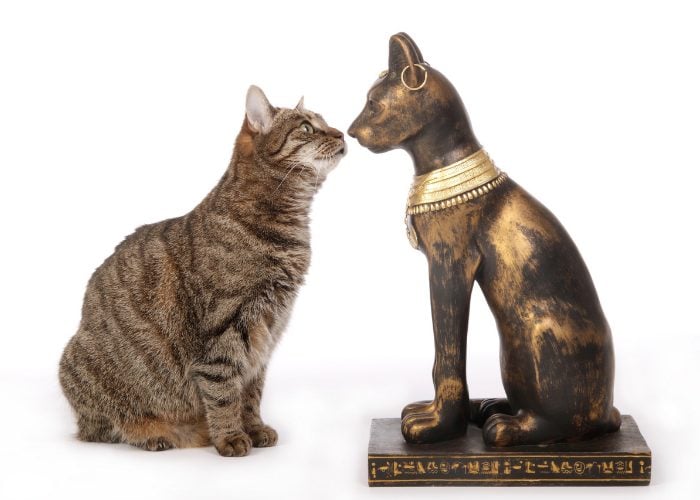
Evolution of Cats: Early Civilization’s Pet
Dogs changed domestically far earlier than cats. It is because most of them worked as hunters, herders, guardians, and service dogs.
Furthermore, cats only started domesticating once humans once started settling down and cultivating the land.
Cat domestication began 12,000 years ago in the Middle East's Fertile Crescent region. First agricultural societies also started during this time.
Cat domestication was “one of the more successful ‘biological experiments' ever undertaken,” authors say. When people began settling down, and mice grains have started to gain a number, the cats followed.
In the United States, cats are the most popular house pet, with 90 million domesticated cats.
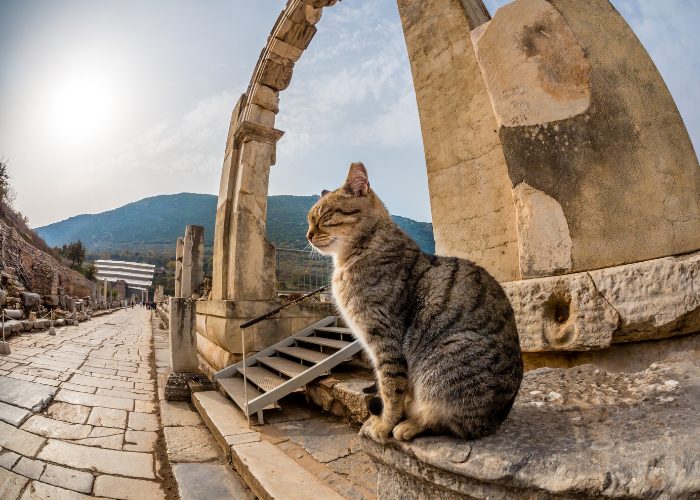
Evolution of Cats in History: Good or Devil
Cats' uncertainty towards people may be a mirror of how humans have treated cats throughout the millennia.
For example, their archaeological record proved how well-known and well-documented the ancient Egyptian devotion for cats.
Their Egyptian goddess of love, Bastet, has a cat's head. Thus, anybody found guilty of murdering a cat back in the day was likely to be sentenced to death.
Also, in ancient Egypt, in Beni-Hassan, scientists discovered a cat cemetery with 300,000 mummies.
On the other hand, ancient Romans had a similar love for cats. They viewed them as a sign of liberty but in moderation and not as a religious symbol.
For centuries in the Far East, cats were a prized possession because they kept rats out of scriptures.
However, for some reason, cats consider being a bad omen in Europe. Especially during the Middle Ages as they were associated with witches and the devil.
As a result, many of them got slaughtered to fend against evil.
But not until the 1600s did the public image of cats begin to popularize in the West, primarily in pop culture.
By the mid-90s, cat services and products had become a billion-dollar industry.
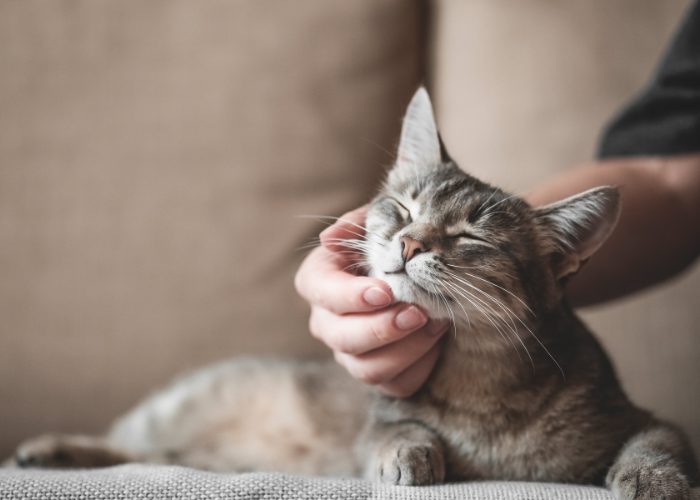
Cats Tamed Themselves
DNA analysis suggests that cats lived alongside humans for thousands of years before they got domesticated. As a result, their genes haven't changed much from wildcats.
Nonetheless, there is an exception to this. A recent addition called the tabby cats has unique stripes and dots that a wild cat doesn't have.
Around 4400 B.C., domestic cats evolved from their ancestors in Southwest Asia and went over Europe.
According to researchers' report, there are several cat breeds contributed to today's domestic cats. However, two major ones are only Felix silvestris lybica and Felis catus.
In addition, not all domestic cats exhibited human-appealing characteristics, like their friendliness. Yet, one common characteristic these breeds share is their ability to hunt and prey on small animals.
Back in the wild, cats hunt rodents, birds, and insects. In contrast, domesticated cats now hunt common household pests, such as cockroaches, fleas, and bugs.
Overall, cats and humans have a mutual and beneficial connection. But most experts believe cats domesticated themselves.
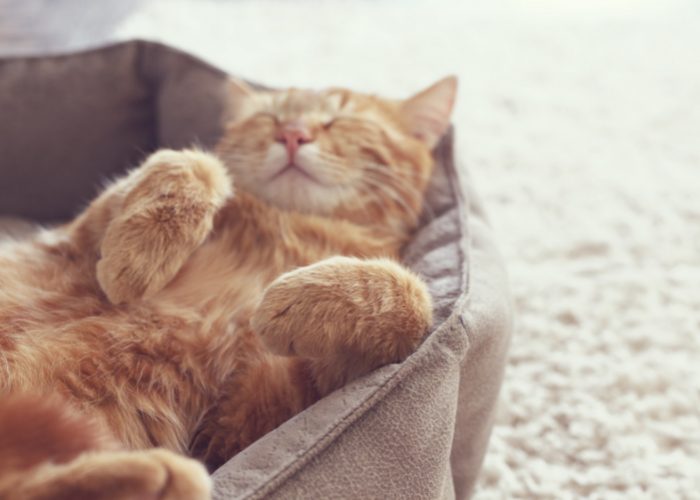
Evolution of Cats: A-meow-zing Pets
There are 74 million cats that live in U.S. homes, making them among the most popular pets in the world today.
The main reason why many people love them is their ability to adapt to different environments and hunt—as mentioned above.
Overall, humans and cats naturally living with each other is a bond of mutual dependence.
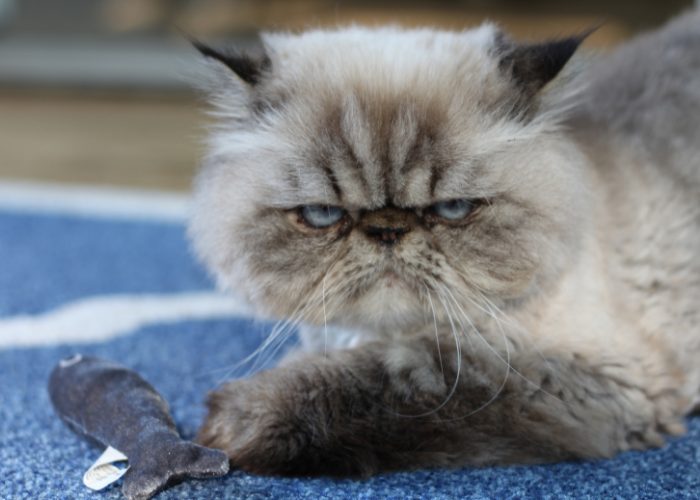
#1: Cats Are Hilarious
Cats are genuinely funny creatures. They are a constant supply of amusement, from their out-of-nowhere high jumps to their obsession with laser lights.
Require proof? Look for hilarious cat videos on the internet.

#2: Cats See Us As Their Family
Some experts believe that, unlike dogs, cats accept us humans as part of their family, instead of the other way around.
To them, we are a couple of giant, baggy cats.
Aren't they strange?
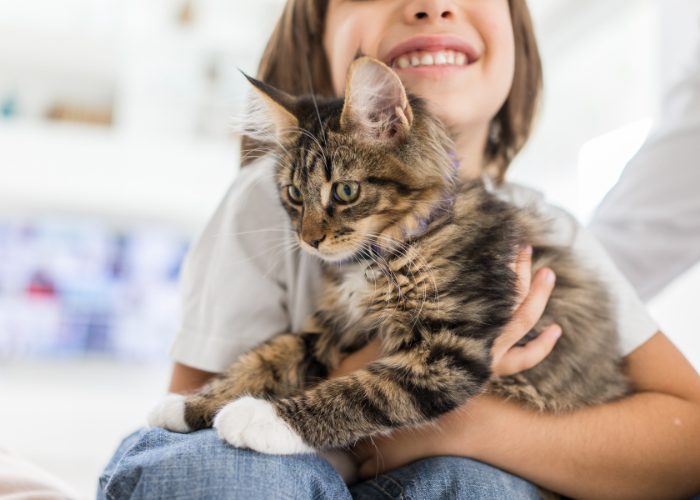
#3: Cats Are Great Company
Like dogs, cats also love to relax, eat, play, and rest.
However, unlike dogs, hanging out with them might be harder. They always make sure that you're following them, even when they want it so bad.
Thus, by the time they decide to let you pat them, your reward will be a long snuggle that will surely melt your heart.
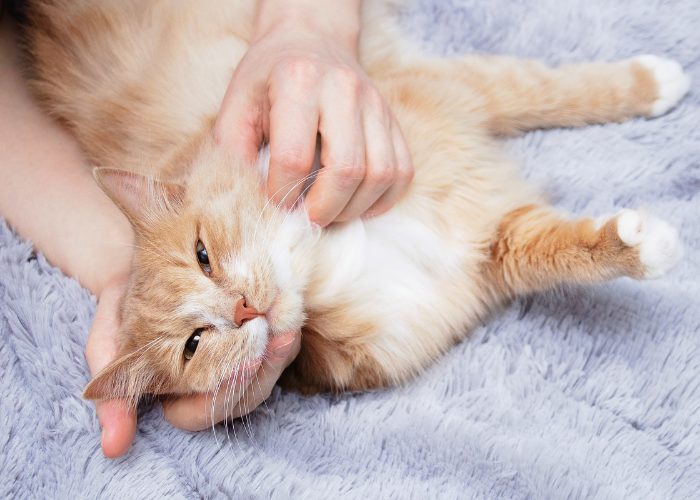
#4: Cats’ purring is beneficial to humans
Some study suggests that the frequency at which a cat purrs may have health advantages for you.
Whether or not this is true, any cat owner knows that the sound of their cat's purr helps them forget their tension and anxiety.
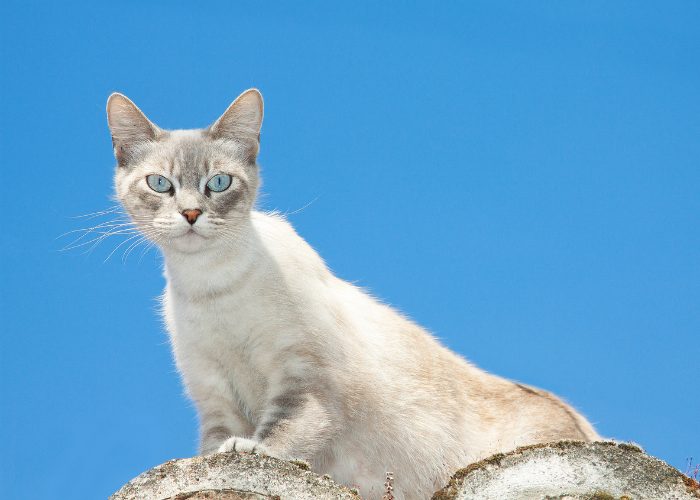
#5: Cats are independent
Cats are highly independent and self-sufficient. Thus, they require less attention from you than any other pet.
However, you must still provide their requirements so they will be completely content. Don't worry; they'll let you know if they require anything.
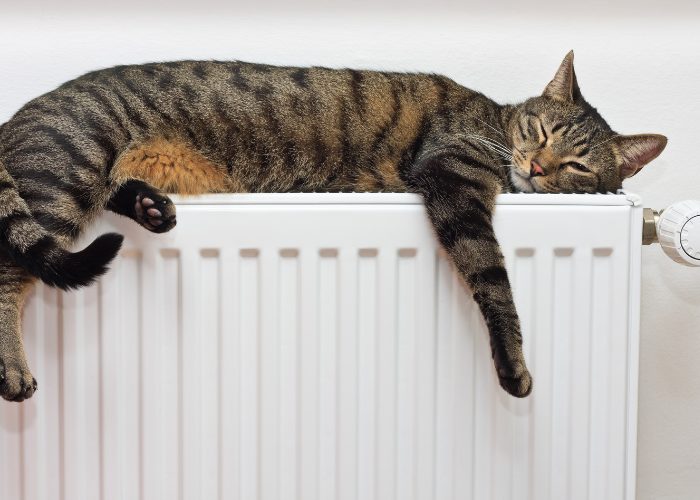
Evolution of Cats: The Tabby Takeover
According to a DNA analysis of cats, there are no significant differences in the genetic makeup between wild and domestic cats. However, one of the few traits that could tell them apart is the tabby coat marking.
Tabby coat markings first appeared during the Middle Ages. It originated in the Ottoman Empire in Southwest Asia and spread to Europe and Africa.
The markings have been linked exclusively to domestic cats since the 18th century. This feature influenced cat fanciers who began choosing cats with specific features to establish fancy breeds in the 19th century.
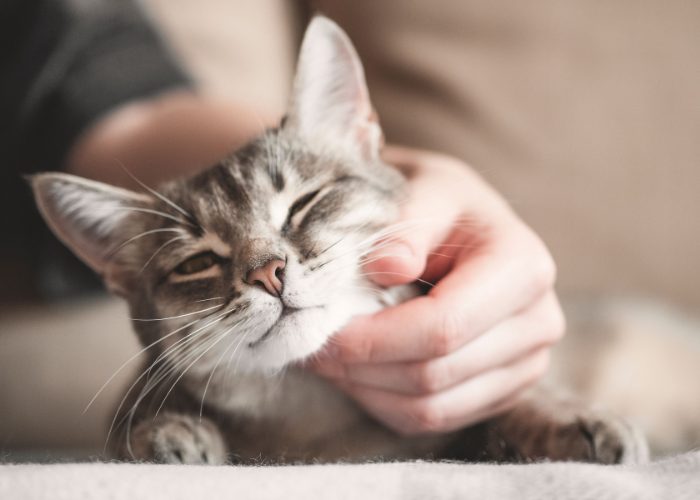
Evolution of Cats: Catering To The House Cats
Until the 20th century, it was impossible to keep cats indoors all the time.
In contrast, cats now live indoors, but they still prefer to spend most of their time outdoors.
However, their basic behaviors and requirements haven't altered over the previous century.

Cat Food
Pet cats, like dogs, have experienced significant changes, especially their digestion since they got tamed. Because of this development, they have adapted to thrive on an omnivorous diet.
Furthermore, because of their evolution, their body adapted to digesting processed foods and human food.
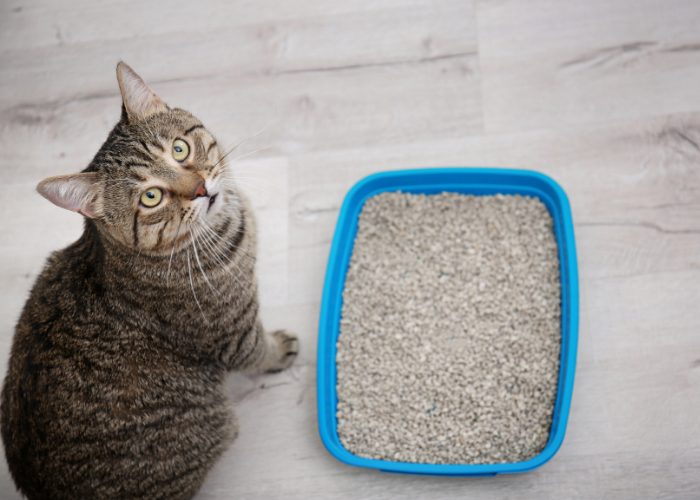
Kitty Litter
American cats are free to wander the streets of their places until the 1950s. Thus, they have been using the wide outdoors as a place to litter and help themselves.
Some cat owners used pans filled with dirt or newspaper to clean the mess. However, it wasn't until 1947 when Edward Lowe found the first clay litter.
He introduced it as the Tidy Cats® brand.
It's no secret that cat litter has boosted the popularity of cats as indoor pets, but they've also retained their outdoor survival skills.
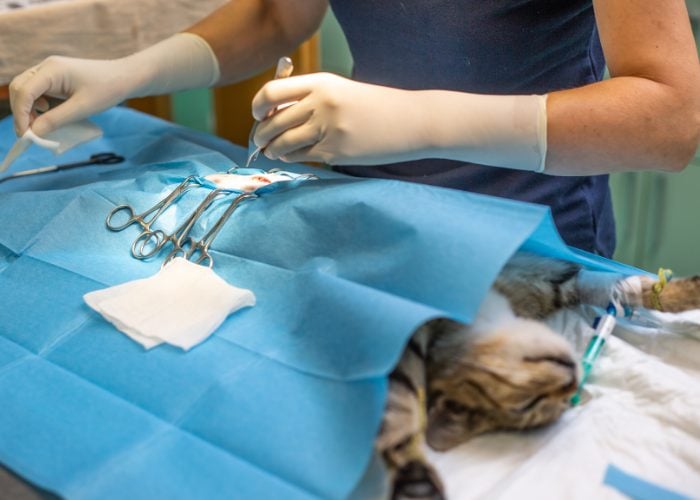
Spaying and Neutering
Ten thousand years ago, cats mated and gave birth in the open air. It wasn't an issue at that time, not until the 1930s.
Keeping cats indoors during the mating season became a problem. As a result, spaying and neutering pets became a popular solution.
Although most of these cats are brought by some owners indoors, many still prefer to spend their time outside. It's because of their ancestors, who used to live outdoors with wildlife.
Nevertheless, their offspring can socialize and incorporate themselves into human households while they're still young.
Cats who didn't experience socializing with humans can't live as indoor pets. But neutering them and releasing them back into the wild enhances their quality of life.
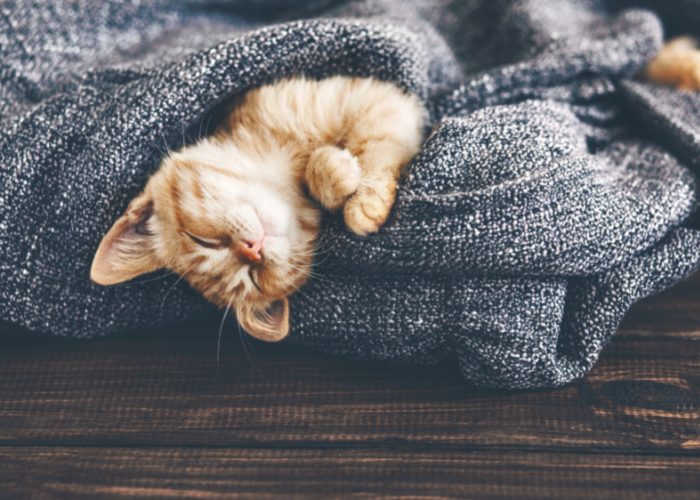
Domestic Cat Breed Differentiation
There are several domesticated animals worldwide, and most of them get into breeding for different purposes.
For example, dogs are for hunting and security, while farm animals such as cows and chickens are for food.
Unlike these animals, modern cat breeds carefully undergo selection because of their physical features. It is due to their unique coats and patterns that most breeders love.
However, cat breeds do not differ in how they function. They only differ in appearance from their ears, eyes, body, paws, claws, and more.
Lastly, domesticated animals can have anywhere from 65 to 100 genetically different varieties, whereas domestic cats have 40–50.
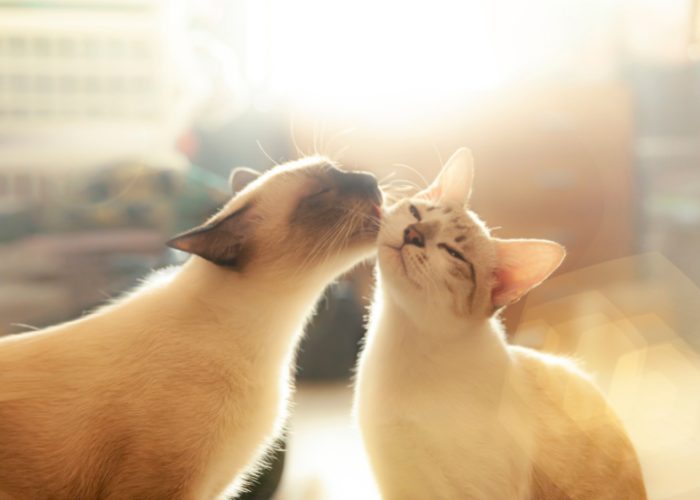
Cat Behavior
Behavioral examination of F.S. Silvestris (European Wildcat) revealed significant differences to domesticated cats.
European wildcats tend to be highly shy and aggressive, even as kittens. They are also highly territorial and violent.
On the other hand, domesticated cats are less quarrelsome and are tamer. This result made scientists think that the behavioral difference can be inherited and most likely related to a species difference.
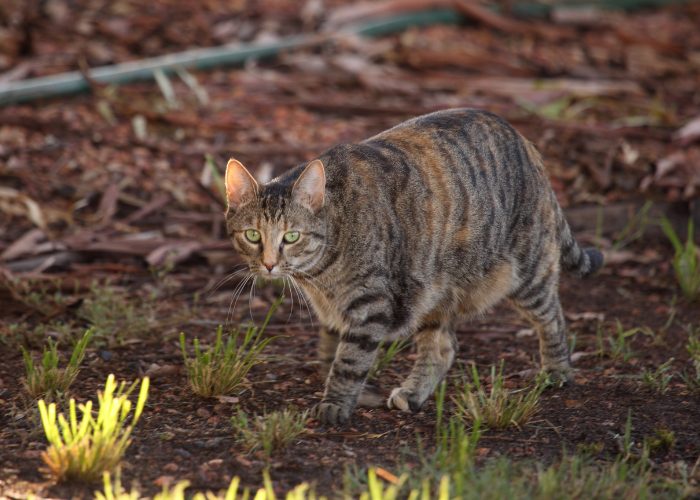
Can Feral Cats Become House Cats?
“Adopt, don't shop,” as the saying goes among cat lovers. While all homeless animals deserve to be loved, wild cats are an exception.
Feral cats have never lived with people and are thus scared of us. As a result, most experts think that no one can tame them.
However, animal rescuers disagree. According to them, you can domesticate wild cats as long as it's still young to get training.
Feral cats over a year old, on the other hand, will be quite hard to approach.
In addition, bear in mind that the longer a cat lives on the streets, the more self-sufficient it becomes. If you already have pets, never introduce a wild cat into your house.
Feral cats are prone to be aggressive. Even if the cat does not assault your pets, it may bring illnesses with it.
Domesticating will be a lengthy and challenging process with no assurance of success.
Conclusion
The Middle East's Fertile Crescent was home to wildcats 10,000 years ago. As civilization in this region occurred, wild cats also slowly improved as domesticated cats.
As time passed by, these tamed cats improved their sense of hearing, seeing, and smelling.
They also learned how to purr to be closer to their human companion. This also includes tolerating the coexistence of other animals, such as your family dog.
These new changes have helped us recognize the domestic cat we have now.
Natural selection, in a way, helped the cats adapt to a variety of new environments. But did you know that there aren't any domestic cats recorded on the continent of Antarctica at first?
It is because the continent is not liveable, both for humans and animals.
However, there have been records of domestic cats now living in the continent. This evidence shows how far the evolution of domesticated cats has gone.
Domestic cats, as a whole, are survivors. Accepting and acknowledging this simple reality is key to understanding and helping these animals.
WANT TO SHARE THIS?
READ NEXT: Dog Domestication History (In Years)


